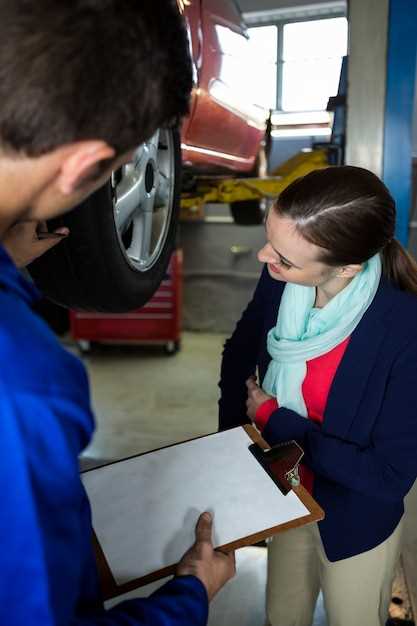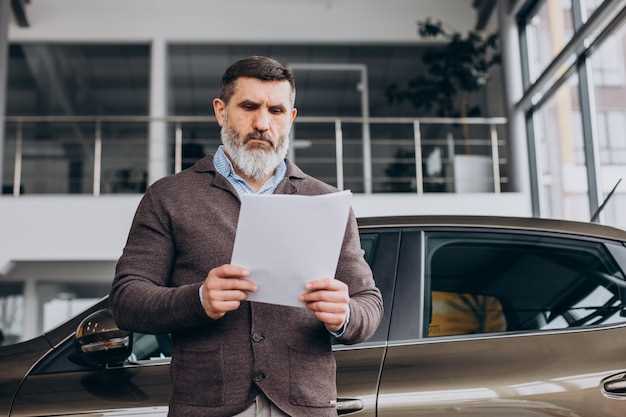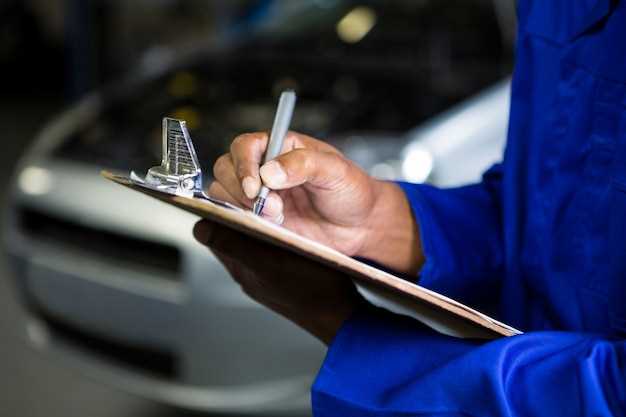
Buying a classic car is not just a transaction; it’s an exciting journey filled with the allure of automotive history and nostalgia. However, before making such an investment, it’s essential to conduct a thorough inspection to ensure that you’re not only purchasing a vehicle but also a piece of art that will stand the test of time. This guide will provide you with the critical steps to follow when inspecting classic cars, so you can make an informed decision.
Classic cars often come with their unique set of challenges that differ markedly from modern vehicles. Understanding the intricacies involved in inspecting these vehicles is crucial. From evaluating the engine and body condition to checking the authenticity of parts, each aspect plays a significant role in determining the vehicle’s true value and reliability. As you delve into the world of classic car buying, this guide aims to equip you with the knowledge needed to recognize potential issues and assess the true worth of your desired classic car.
In the following sections, we will cover essential aspects such as conducting a visual inspection, understanding the importance of documentation, and knowing what questions to ask the seller. By approaching the purchase of a classic car with diligence and careful consideration, you can enhance your chances of finding a treasure that not only meets your aesthetic desires but also offers joy and satisfaction for years to come.
Examining the Exterior: Paint, Body, and Rust

Conducting a thorough inspection of a classic car’s exterior is crucial for potential buyers. The paint quality can indicate the overall care the vehicle has received over the years. Look for inconsistencies in color or texture, which might suggest a poor repainting job or bodywork. Examine the paint for scratches, chips, or fading, as these issues can be costly to repair. A well-maintained classic should have a smooth, even finish.
The body structure is equally important during your inspection. Check for any signs of dents or misalignments, particularly around the doors, hood, and trunk. Gaps between panels should be uniform; uneven gaps can signal past accidents or shoddy repairs. Inspect the seams and edges where different parts of the body meet, as these areas are more vulnerable to rust and corrosion.
Rust is a classic car enthusiast’s nemesis. During your inspection, look for visible rust spots on the body, especially in wheel wells, undercarriage, and along the bottom of doors. Surface rust can often be remedied, but deeper rust can lead to serious structural issues. Use a magnet to test for hidden rust beneath paint; if the magnet doesn’t stick, it may indicate body filler hiding significant corrosion. Pay special attention to the frame, as structural rust can severely compromise safety and value.
Document any imperfections you discover during your inspection. This will help you negotiate a fair price and plan for any necessary repairs. A careful evaluation of the exterior can reveal not only the car’s aesthetic appeal but also its underlying health and longevity, essential factors when purchasing a classic vehicle.
Evaluating the Engine and Mechanical Components

When inspecting a classic car, the engine and mechanical components are critical areas that require thorough evaluation. Start by examining the engine for any signs of leaks, corrosion, or wear. Look for oil leaks around seals, gaskets, and hoses, as these can indicate underlying issues that may require costly repairs.
Check the engine oil level and its condition. Oil that appears milky or has a burnt smell can signify problems like coolant leakage or overheating in the past. Additionally, consider performing a compression test to assess the engine’s health. Consistent compression across all cylinders is essential for optimal performance.
Next, evaluate the cooling system, including the radiator and hoses, for any signs of rust or blockages. An efficient cooling system is vital to prevent engine overheating, a common issue in classic cars. Examine the belts and hoses for signs of wear such as cracks or fraying, as these components can fail and lead to engine damage.
The fuel system also warrants close attention. Inspect the fuel lines for signs of leaks or deterioration, and check the condition of the fuel pump and carburetor (or fuel injection system if applicable). Ensure that all components are functional and free from contamination, as issues here can affect the car’s performance and reliability.
Don’t overlook the transmission system. Inspect the transmission fluid for proper levels and condition. Look for discoloration or a burnt smell, which can indicate problems. If possible, check for smooth shifting during a test drive, which will give you an indication of the transmission’s health.
Finally, examine the suspension and brake systems. Look for any signs of rust or damage on the suspension components and ensure that the shock absorbers are functioning well. For the brakes, check the condition of the pads, rotors, and lines to ensure safety and reliability.
In conclusion, a thorough inspection of the engine and mechanical components is essential when considering a classic car purchase. Identifying potential problems early can save significant costs and ensure a more enjoyable ownership experience.
Inspecting the Interior and Additional Features
During the car inspection process, the interior and additional features play a crucial role in determining the overall condition and value of a classic car. Start by thoroughly examining the seating surfaces, dashboard, and door panels for signs of wear, tears, or fading. Pay attention to the materials used; leather and high-quality fabrics are indicators of a well-maintained vehicle.
Check for the functionality of all interior components, including the seating adjustments, seatbelts, and any electronic systems present. Test the operation of windows, locks, and air conditioning. Ensure that the gauge cluster is intact and all lights are operational, as a failing electrical system can lead to costly repairs.
Evaluate the condition of the carpets and headliner, as these elements can indicate the extent of interior maintenance. A musty smell can suggest water damage or leaks, while a clean, dry interior typically reflects proper care.
Additionally, don’t overlook the presence of optional features. Features such as original radio systems, air conditioning, or upgraded sound systems can enhance a car’s appeal. However, verify their working condition during your inspection, as outdated components may require replacements or repairs.
Lastly, consider the overall aesthetic of the interior–does it match the car’s exterior and age? A well-preserved interior adds significant value to a classic car and reflects the level of attention the previous owner gave to the vehicle.




